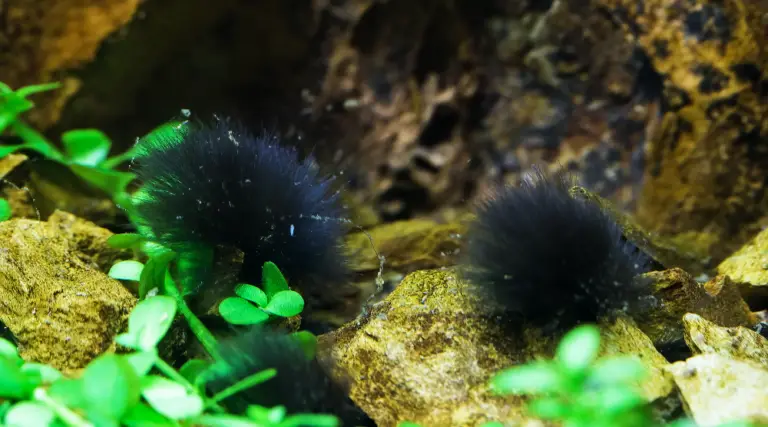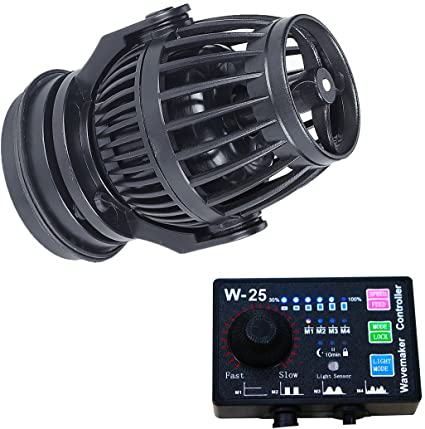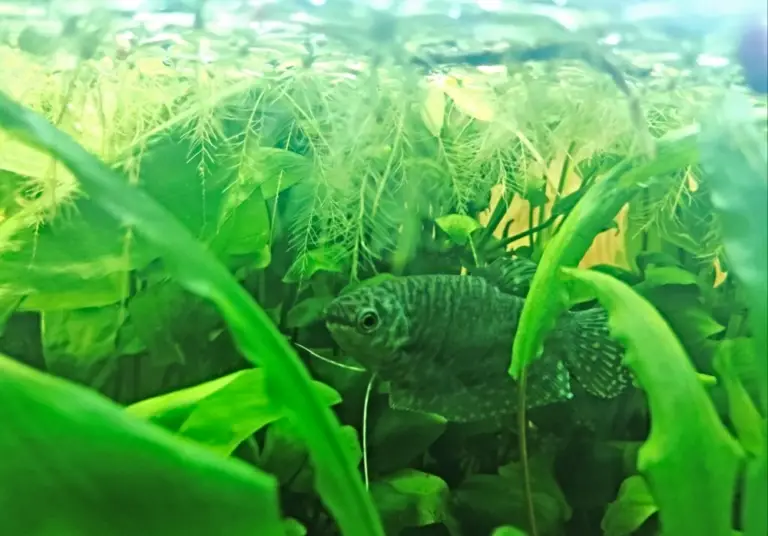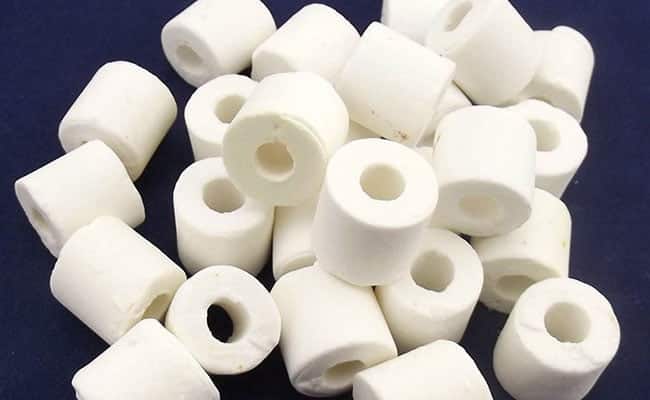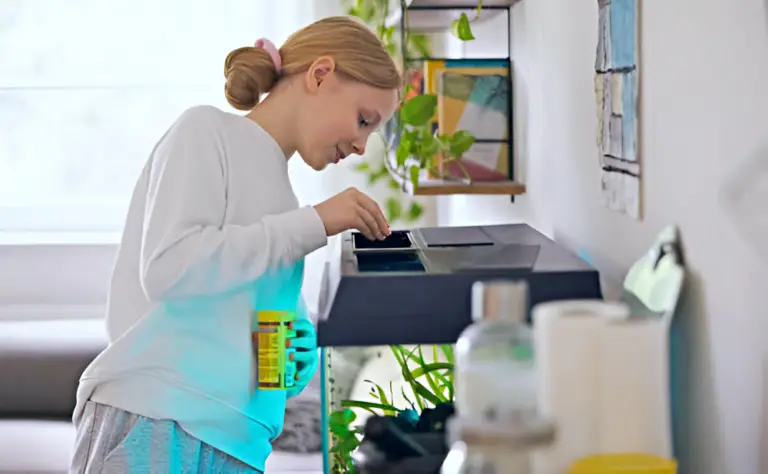Canister Filter or Hang On Back Filter – Which Should You Use
“Canister Filter or Hang On Back Filter, which is the best filter?” This is a common question among aquarists. The truth is that there isn’t a single filter model, brand, or style that can meet all of your aquarium’s filtration requirements. The size of your tank, the type of fish you keep, the ease of maintenance you desire, and even the amount of money you are willing to spend are all factors to consider.
In terms of filters alone, canisters are preferable. They can handle more media and have a higher flow rate. With their wide range of media options, you can use just about anything you want. All of these have a positive impact on filtration.
Both filters are excellent and perform well in their respective situations. As a result, we’ll discuss how they each work, along with their benefits and drawbacks, before making recommendations about how you should use them.
Canister Filters

Canister filters are named after their canister-shaped boxes. You can place it at the back of your aquarium or even below it. The canister is self-standing and attaches to your aquarium via its hoses. The filter can be hidden in a cabinet. That’s why it’s also good for the aquarium design. It has two tubes, an inlet, and an outlet. Both of these tubes are submerged in the aquarium’s water. Since you only use two hoses, you can put them wherever you like in the aquarium. As a result, it increases the canister filtration system’s adaptability.
Pros of a Canister Filter
- Canister filters have a higher filtration capacity than the HOB filter. This makes them ideal for big aquariums with big bio-loads.
- When it comes to biological filtration systems, canister filters have ample room for all of them. Canister filters are best in promoting bacterial development ensuring your tank will remained cycled even under heavy bio-load conditions.
- A canister filter allows for easy installation of a UV stabilizer. Thanks to this UV light filter, your aquarium water will be crystal clear.
- Canister filters are well-suited to big and communal aquariums. Their output water flow provides a great amount of tank turn-around. Which is essential when keeping big tanks with big fish.
Cons of a Canister Filter
- There is a high price for canister filters. It will cost you 2 to 3 times more to buy a canister filter than to use a HOB filter. Those who are short of funds will have to look elsewhere. The high cost will also put beginners off.
- Canister filters have a steeper learning curve than an HOB filter. You have to arrange the media in the chambers individually properly. Newbies can find the installation complex and intimidating.
- Maintenance on a canister filter can be more extensive than on an HOB filter
Hang On Back (HOB) Filter
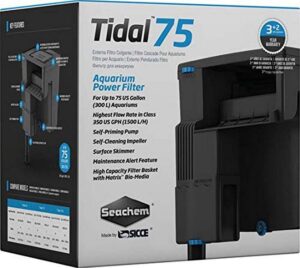
Power filters, often known as HOB filters, are the most prevalent filters. The term comes from the fact that most of these filters are located at the back of the aquarium. An inlet tube connects the filter box to the tank’s water supply.
This filter is commonly seen in many different aquariums because it is included with the standard aquariums and is the most commonly used filter. For tanks of less than 100 gallons, this is a good option. A secondary filter may be necessary for tanks bigger than 100 gallons.
Pros of a Hang on Back Filter
- Back filters are among the most long-lasting and require the least maintenance. Beginners will get much value out of it. These filters can easily last for a decade or longer with careful care.
- HOB filters are easily accessible because they are located on top of the tank. As a result, you have easy access to the filter media if you’re standing in front of the aquarium. It simplifies the process of changing filter material and performing routine maintenance.
- The HOB filters are simple to set up and use. Seachem Tidal HOB filters, for example, have plug-and-play capabilities. This makes it easy for beginners to install and use.
- HOB filters are inexpensive. In most cases, an aquarium comes with a single HOB filter. This means that you get a high-quality HOB filter with the first aquarium you purchase. So, if you’re on a tight budget, The HOB filter is an excellent choice.
- Most HOB filters, e.g., Seachem Tidal HOB, produce minimal noise. This makes them ideal for fish who truly needs a peaceful habitat. (And Fish Owners 😊)
Cons of a Hang on Back Filter
- It has a limited ability to move water. If your tanks are large or part of a community, you may require two or more HOB filters.
- HOB filters have limited space for media. You will only be able to fit a small amount of mechanical, bio, and chemical media.
- Maintenance is more frequent than with a canister filter. Media in an HOB will clog sooner and need to be cleaned or replaced.
When a Hang on Back filter makes sense
An HOB is usually the first type of filter you encounter when entering the aquarium hobby. Usually because it’s very easy to learn how to properly use one. If you’re new to aquariums and plan to keep a small to medium-sized tank, you should invest in a HOB filter. It won’t break the bank and it’s simple to set up. This also works best in tanks that are less than 55 gallons in size. You will quickly learn how to use and maintain your HOB filter with minimal effort or complications.
When a canister filter makes sense
Consider using a canister filter in your aquarium once you’ve gained some experience and confidence working with more complicated filters. If you’ve already upgraded your tanks once or twice, it would be a good idea to also upgrade your filter to a canister filter. The bigger tank volume will be better filtered and your knowledge and skill level in the hobby will also improve. Even though you will need to pay a higher price for it, you will quickly realize the benefits of keeping a long lasting, low maintenance canister filter.
Conclusion – Canister Filter or Hang on Back Filter?
Canister Filters or Hang On Back Filters is often the subject of heated debate among aquarists. Both the canister filter and the Hang on Back (HOB) have proven extremely effective in my usage.
In my opinion, canister filters are better than HOB filters when it comes to aquarium filtration. They contain more filter media, which means they remove more residues, debris, and potentially harmful chemicals from your tank. Canister filters are also ideal for aquarium owners with larger tanks that contain lots of big fish with heavy bio-loads.
All in all, it’s up to you to make the final decision. If you focus on your own needs, you’ll make the right choice. Also, always purchase a filter at least one size bigger than your aquarium to ensure it can handle whatever you throw at it.


